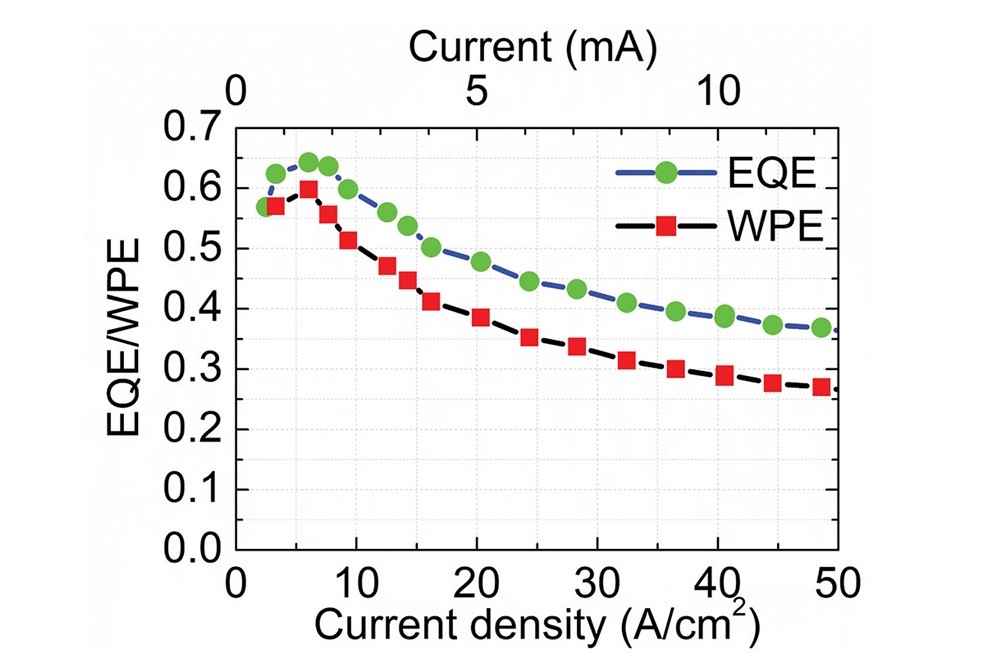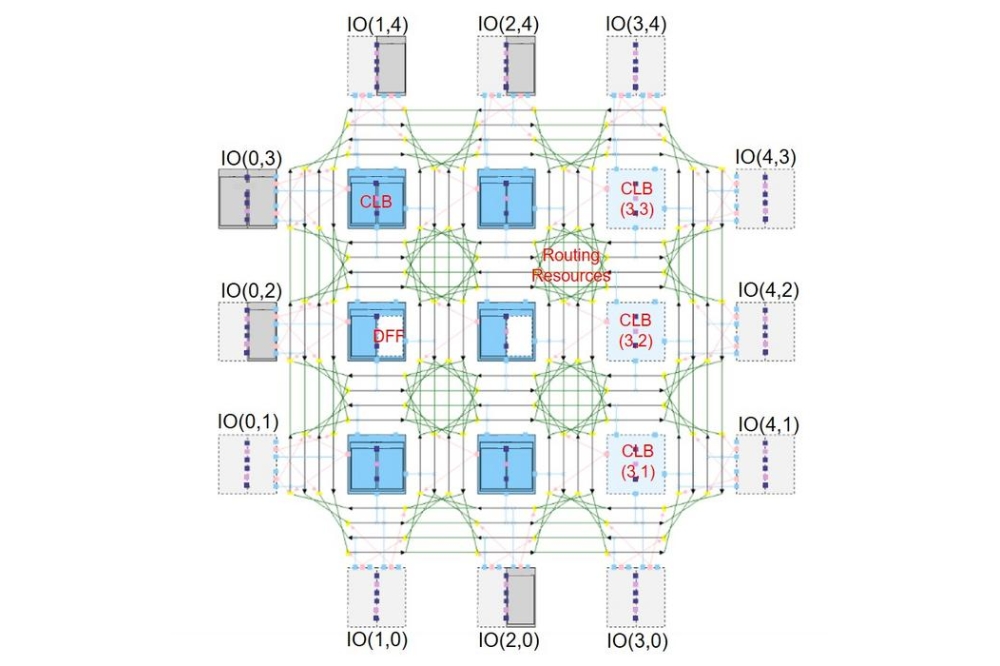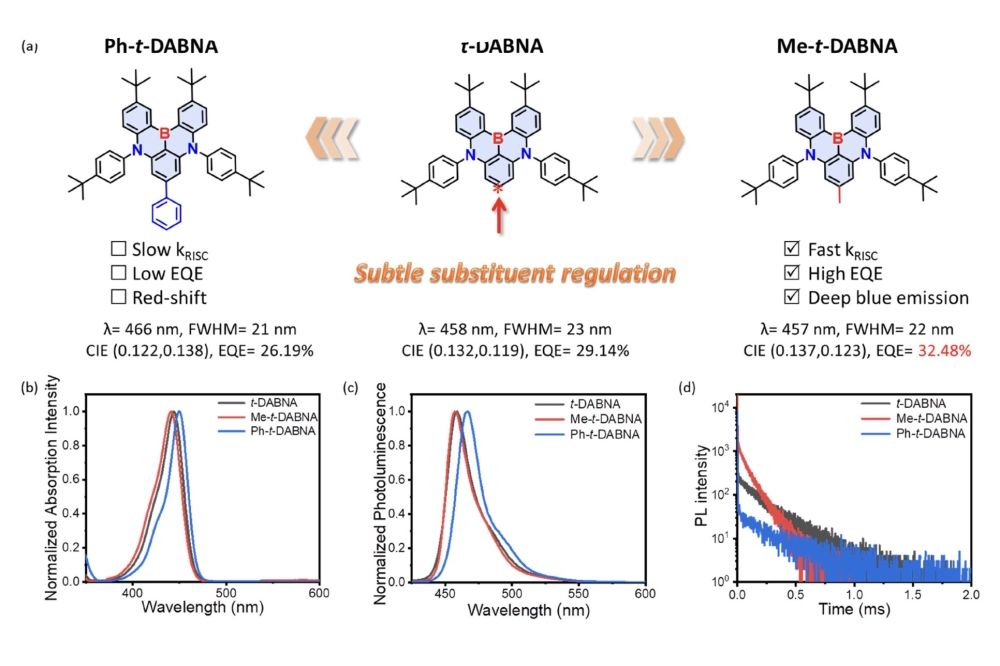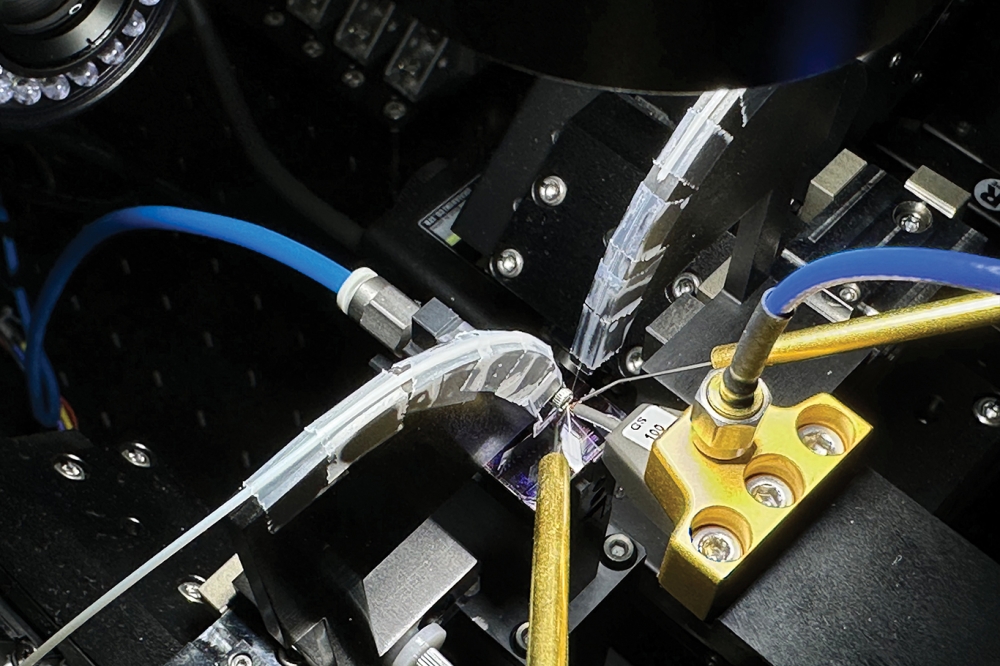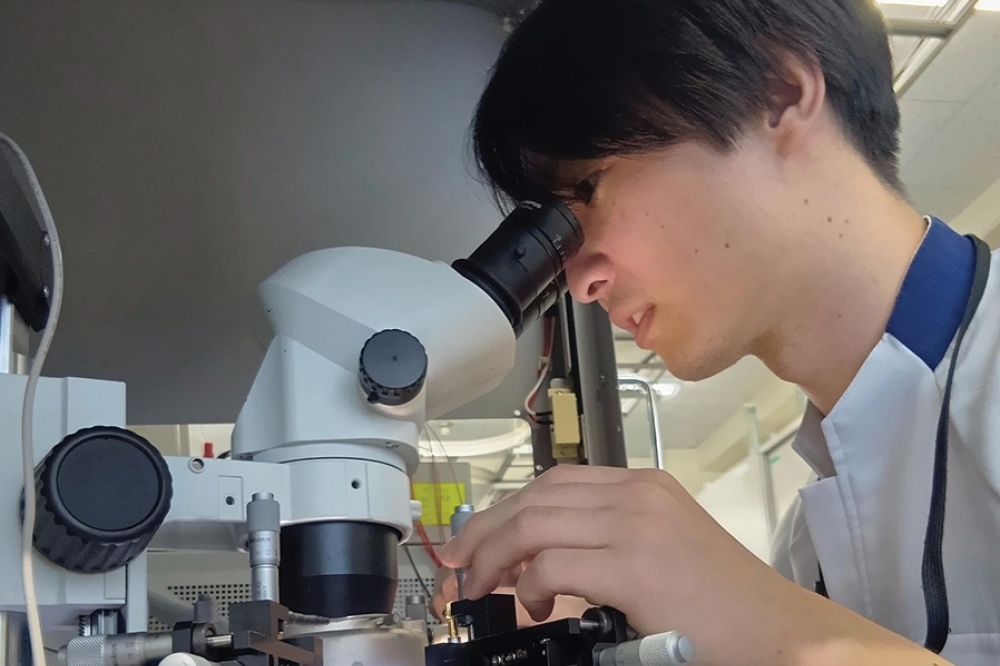Smartphone production still sluggish

TrendForce reports that global smartphone production experienced a 3 percent quarterly dip, totalling 286 million units in 2Q24. The drop was largely attributed to the conclusion of new model releases for several brands and inventory adjustments as the second quarter wrapped up.
In light of a sluggish market during what is typically the peak season, many brands are taking a cautious stand while planning production for the third quarter. Consequently, production is anticipated to see a modest QoQ increase to 293 million units. However, this still reflects an approximate 5 percent YoY decrease, falling below pre-pandemic levels, says TrendForce .
Samsung focuses on foldables, Apple expects 8 percent growth with new models
Samsung’s smartphone production fell 10 percent in the second quarter to 53.8 million units as the distribution period for the Galaxy S24 drew to a close. Nevertheless, Samsung continued to hold onto its title as the market leader. TrendForce suggests that the company is set to unveil a premium slim foldable smartphone by the end of Q3, which is expected to be an addition to the Z Fold 6 series. However, due to its high price point and the absence of any groundbreaking features, this new slim model is projected to represent only 1 percent of Samsung’s foldable production and provide only minimal assistance in boosting its market share.
Apple, which ranked second in market share, manufactured around 44.1 million smartphones in the second quarter. This figure represents an 8 percent decline from the previous quarter but shows a 5 percent YoY increase. The uptick is largely due to proactive inventory stocking in anticipation of the 618 shopping festival in China. The company’s strategy of reducing prices in the Chinese market has been successful and is likely to drive production in the third quarter. Apple is also gearing up to unveil four new models in September, with production for these upcoming devices in 2024 projected to surpass 86 million units—an almost 8 percent jump from the previous year.
Chinese brands monitor inventory as Transsion’s ranking declines
Xiaomi (including Xiaomi, Redmi, and POCO) produced 41.8 million smartphones in Q2, marking a 19 percent YoY increase. Despite maintaining an optimistic market strategy, Xiaomi has set a low single-digit growth target for Q3 production owing to the lack of a significant recovery in demand. Furthermore, the company is diligently tracking its inventory levels to prevent overstocking.
Oppo (including Oppo, OnePlus, and Realme) saw a 6 percent YoY increase in production in Q2, ranking fourth in market share. TrendForce notes that the Chinese market dominates Oppo’s sales at 35 percent, followed by India and Southeast Asia. Looking ahead to Q3, Oppo’s production targets are expected to remain stable, roughly in line with Q2 levels.
Vivo (including Vivo and iQoo), ranked fifth in market share as it benefited from new product launches and strong sales in China, with Q2 smartphone production increasing by 20.5 percent QoQ and 10.2 percent YoY. While Vivo has been expanding into overseas markets in recent years, the Chinese market continues to account for 50 percent of its sales. TrendForce predicts that Vivo’s Q3 production will likely remain on par with Q2.
Reports indicate that Transsion (including TECNO, Infinix, and itel) was overly aggressive in production in Q1, which led to increased channel inventory. As a result, the company reduced its production to 23.6 million units in Q2—a 20.8 percent QoQ decline—dropping its market ranking one position to sixth place. Moving into Q3, Transsion aims to maintain its Q2 production levels to avoid further inventory pressure.
The global economic slowdown has impacted markets with high-growth potential such as South America, the Middle East, and Africa. Increased competition among smartphone brands has created a crowded marketplace, leading to rising inventory levels in distribution channels in these emerging markets. Consequently, brands are paying closer attention to managing both component and finished product inventories to avoid financial strain caused by excess stock.
Against this backdrop, smartphone brands are generally adopting a conservative approach to their production plans for the second half of 2024 to cope with uncertain demand.





